Defining Decades: 2.0, of construction Equipment “on material handling
Having discussed the maturing of excavator market last month, I now take up other products which were catching up fast in the Indian market. In the case of vibratory compactors, greater than 10 ton class soil compactors got introduced. Tandem vibratory rollers (TVRs) also caught up from 1999 onwards. Year 2005 saw introduction of Pneumatic Tyre Rollers (TVRs) for sealing and surface finishing of asphalt roads. These road compaction equipment saw a spurt in demand during NDA- I regime under Shri Atal Bihari Vajpayee. National Highway projects, the Golden Quadrilateral (G.Q) and NEWS corridors got constructed which changed the face of Road Construction in India. These national highways led to introduction of motor graders of different horsepower capacities as also Scrappers, Soil Stablizers etc.
The scene on material handling front saw a major shift in 1999 as the Pick-n-Carry (PnC) crane technology got upgraded from tractor backend (Escorts Hydra cranes) to commercial vehicle platform. ESCORTS FARANA K-10 was the first of its kind. These cranes were safer for man and material as well as faster in material handling and could travel at much higher speed. This particular series of cranes grew up at a faster pace in proportion to traditional Hydra cranes.
Year 2011 saw the PnC market cross 8000 units with increasing bias towards non-hydra cranes. More than 90% market was shared between Escorts and ACE. As newer techniques and procedures were getting adapted at various project sites, there was a demand for specialised equipment growing up. However, the numbers were not big enough to justify local manufacturing. Strange as it is that in India, there is no difference in the Import Duty Tariff on completely built up units (CBU), semi knocked down (SKD) or the aggregates/components. This further defeats the purpose of localization when the volumes are low. This led to import of CBUs of various equipment. In the material handling, Telehandlers and Aerial Work Platforms (AWPs) were received well in the year 2011. Telehandlers with rib erecting attachments, loader bucket& Forks etc. got imported from various European countries for tunnelling work in hydel projects, roads and railways. AWPs also got imported and used for multi-purpose works in various factories for erection & subsequent maintenance. Year 2006 onwards there was a huge growth in imported equipment wherein high-end slew cranes (more than 100T Cap), truck trains, lattice boom cranes, crawler cranes etc. got imported for major refineries and steel plants in particular.
As the real estate market boomed, tower cranes could be seen all around particularly in metro cities. Most of these cranes were imported.
Truck mounted cranes also made foray into the Indian market immediately after yr 2000. Fassi from Italy was the first one to enter the market.
In the industrial vehicles, the technology saw a major upgrade with Doosan (then Daewoo) Forklift Trucks entering the market. It was for the first time that LPG powered forklift trucks were launched and well accepted by food and beverage industry. This was followed by electrical forklifts with AC drive. These forklifts gave a new definition to industrial material handling. Output and through put in warehouses acknowledged the deliverables of this technology. These machines were customized for various applications like paper, white goods, multiple pallet handling using special attachments.
The point being driven home in the last few paragraphs is that machines were moving from generic to specialised/customised application. Indian market took its time to open up to imported equipment as the customers were reluctant to pay the premium & were not too sure about the after sales service support, on the parts availability & the service capability front. The industry rose up to the occasion & took care of the service aspect by working on RT & TAT with better proximity of service outlets. This proved to be the turning point as the best in class/contemporary equipment started getting accepted with ease. This is true of Concreting, Crushing & Screening as also Mining Industry. Today, the industry is working in anticipation of demand in technology, productivity, reliability & operator friendliness & safety. The products spoken about were limited rather than comprehensive/exhaustive as the idea is to showcase the state &status of the industry as a whole viz-a-viz the demand. Next few years will see many new products, upgrades & newer technologies including the IoT which is a complete story in itself. All in all, it is a win-win situation for manufacturer as well us users/operators.



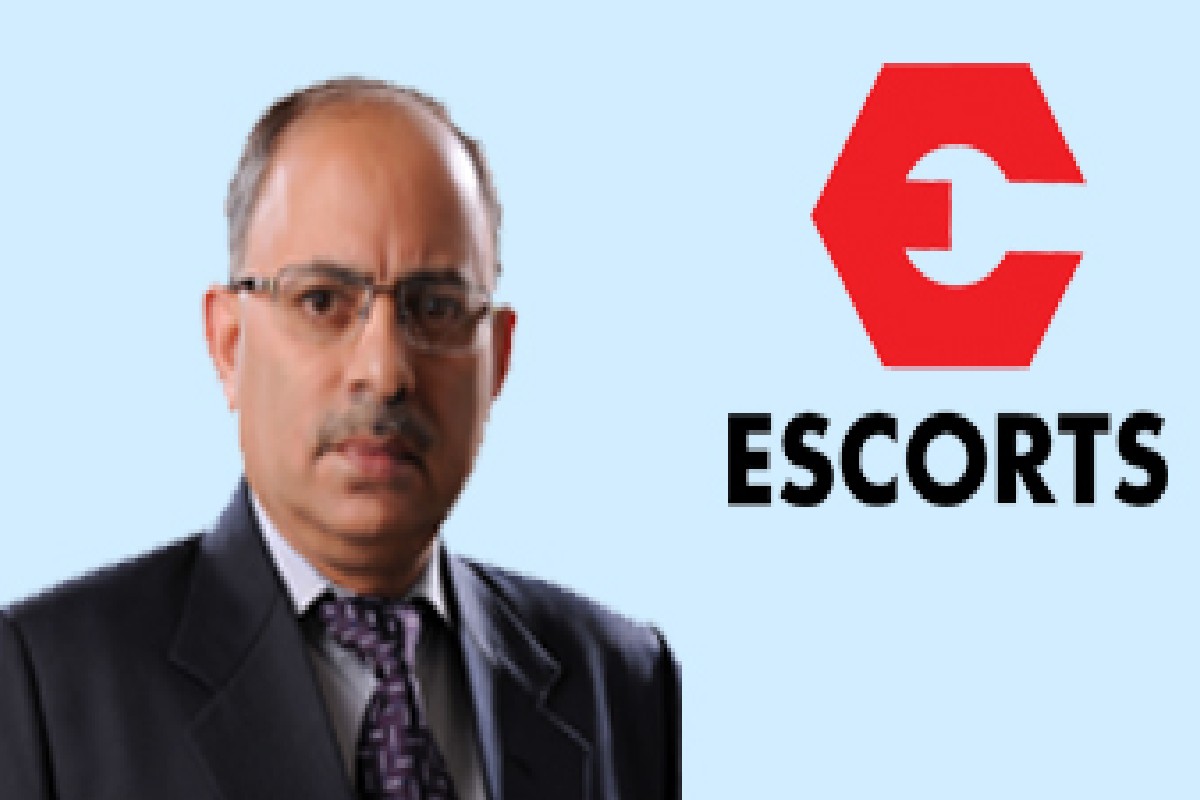
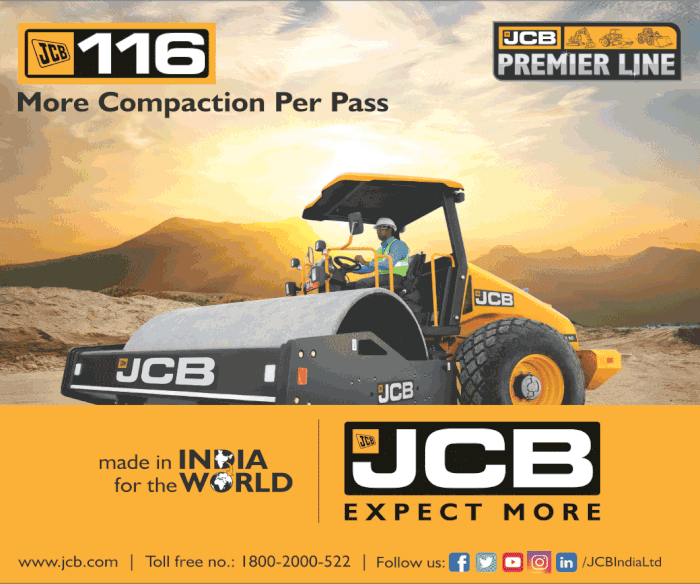
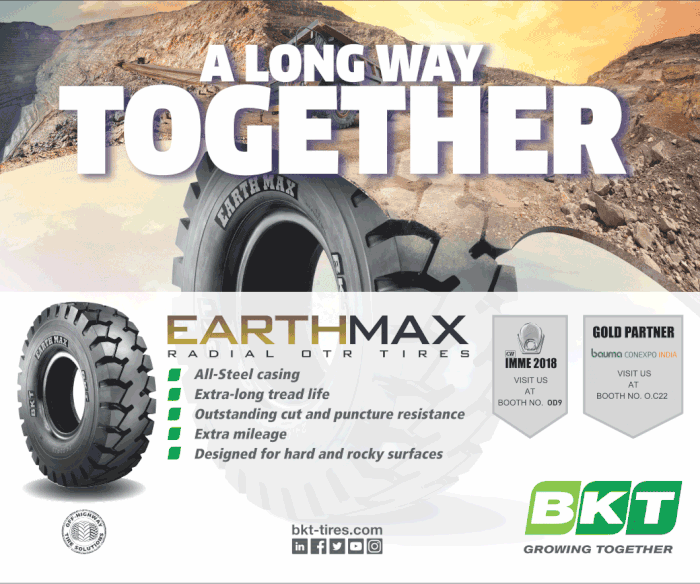
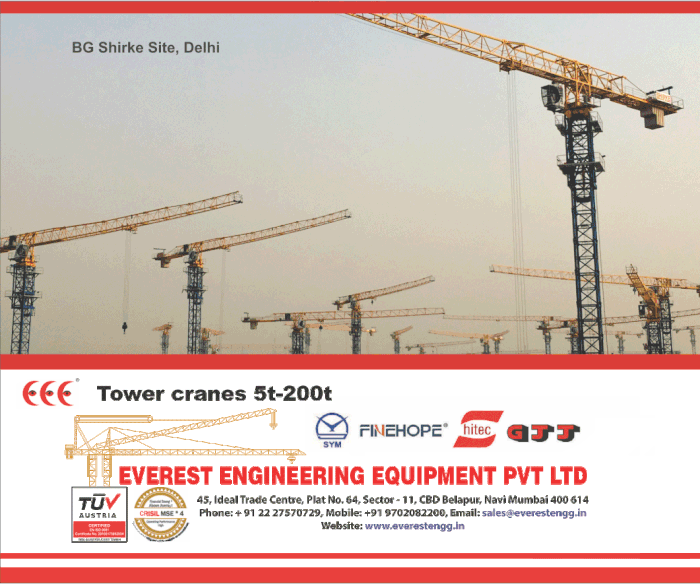
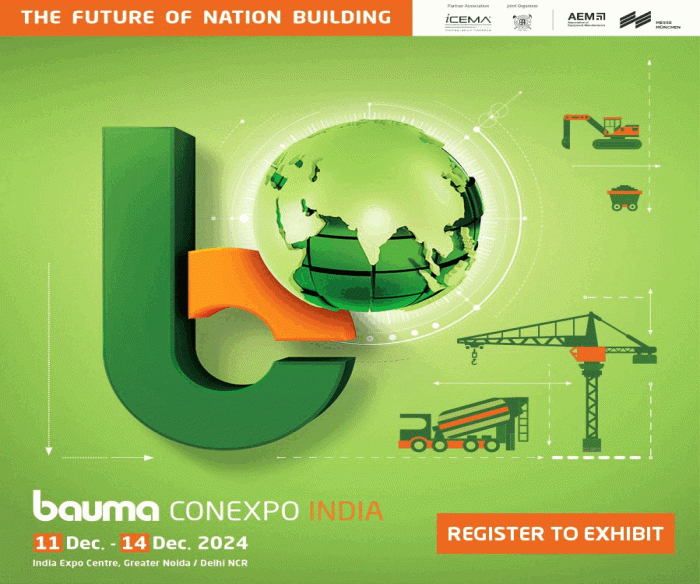
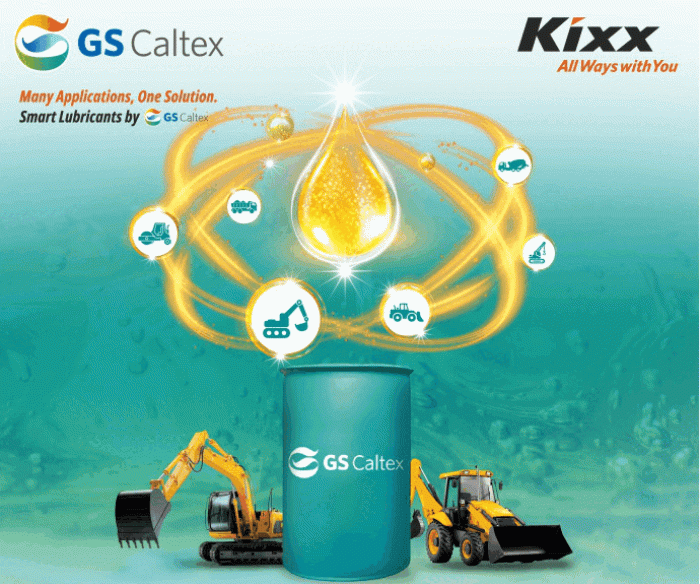
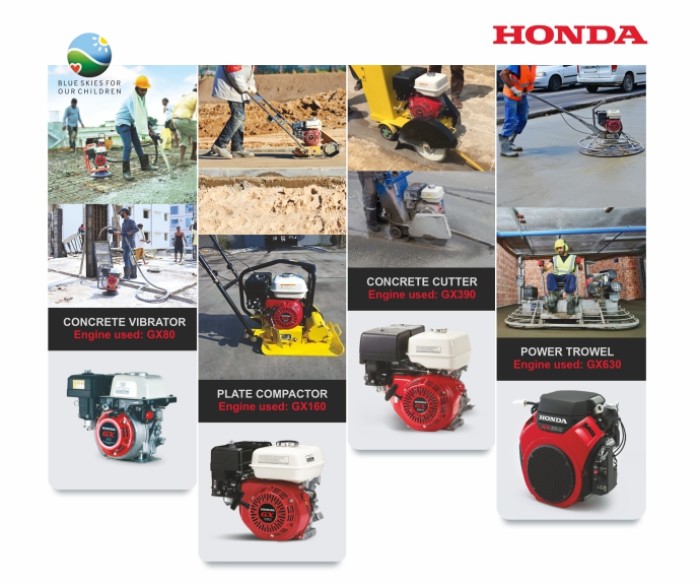
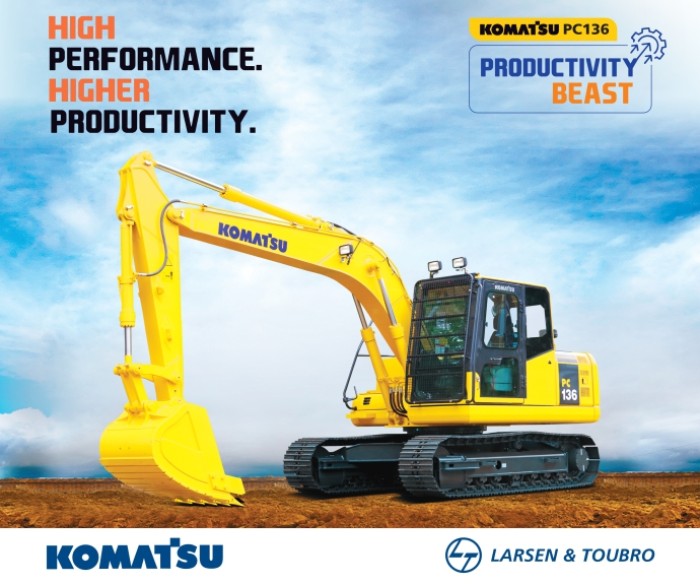
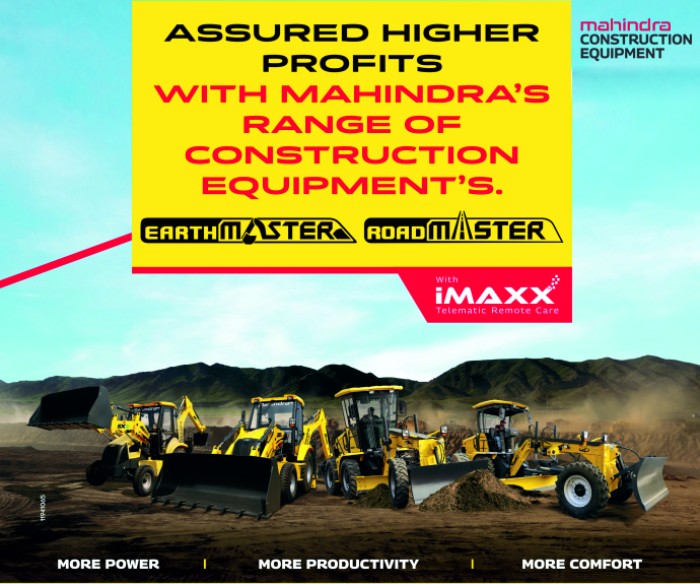
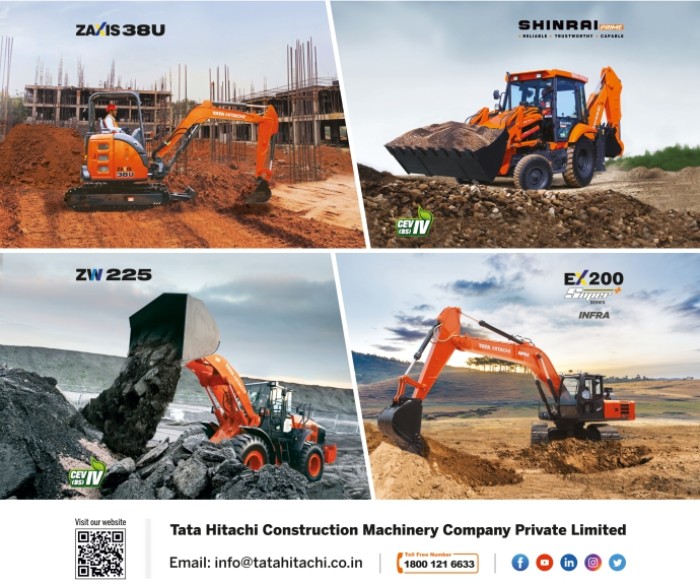
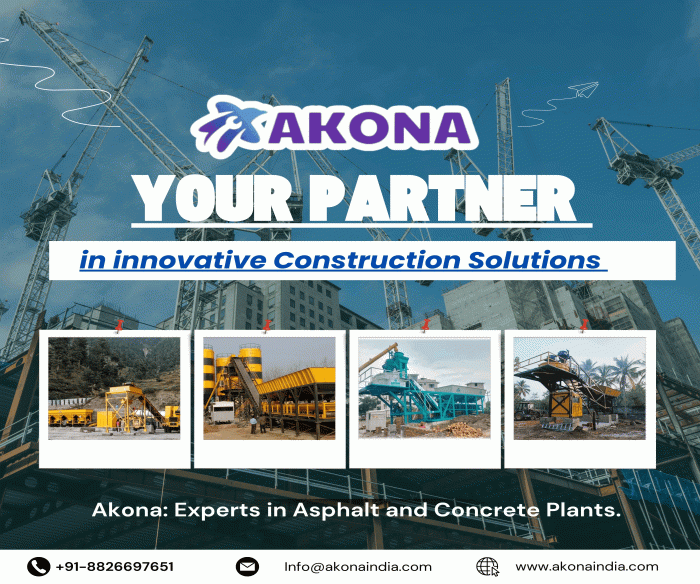


Leave a comment